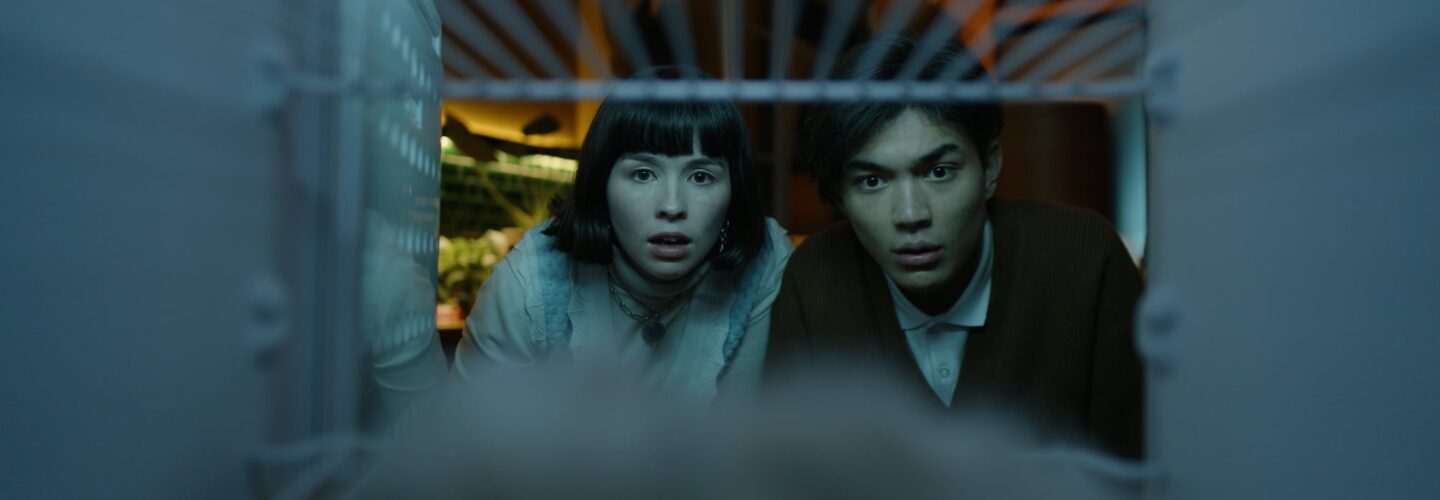
The loss of a beloved pet can be truly devastating so when a young woman accidentally kills her flatmate’s cat, the only logical solution to the tragic loss is taxidermy. Dead Cat Film by writing/directing duo Josie Charles and Nathan Miller is a twisted, quirky dark comedy exploring the lengths we sometimes go to in order to avoid difficult, distasteful truths. The well-established collaborative team developed the script from a niggling little bud of a story which then bloomed into a fully blown cautionary tale of who you should, or perhaps shouldn’t, share your private space and pets with. Dead Cat Film is as weird as it is wonderful and it’s our pleasure to speak to Charles and Miller for the film’s premiere here on DN about packing a tonne of variety into their snappy short, bringing actors Will Gao (Heartstopper) and Hugh Bonneville (Downton Abbey, Notting Hill) onboard to play opposite Charles’ slightly unhinged cat companion and the unwanted attention they garnered filming in public with a taxidermied feline.
How did you two come up with and get this film off the ground? And Josie, were you always going to be our lovely, if not slightly creepy, cat lady?
Nathan Miller: One day, Josie was struck by a vision of a girl carrying around a dead cat everywhere she went. I didn’t really get it, so we tried to think of something else. But nothing we came up with made Josie as happy as her strange dead cat idea, so eventually I gave in, and we wrote the film. Once it was on the page, it just seemed to work.
Josie Charles: When I’m feeling pretentious, I say it’s a metaphor for guilt.
NM: It’s probably best not to overthink it…
JC: The character was always written for me – she was even called Josie in the early drafts! I love how well thought out each frame is.
NM: Pre-production was only about a month because we had a minimal window of availability for our DOP Charles Mori, and Will Gao who plays Alex. We really wanted both to be involved in the project so decided to push ourselves to get things organised in time.
NM: We had resolved to physically go to as many festivals as we could for this short and it made for a fun year, travelling up and down the UK. We even went to Berlin for British Shorts, which was our first time in the city. It was a pleasure to sit with real audiences to watch the film. It’s always so interesting to see the different responses, especially with a comedy!
JC: We were so lucky throughout to have the expertise and generosity of a brilliant cast and crew, who didn’t once question our desire to make a comedy film about a woman who (spoiler alert!) collects dead pets. Over 50% of the team were women, and the film passed the BFI Diversity Standards – as per our policy on all our projects.
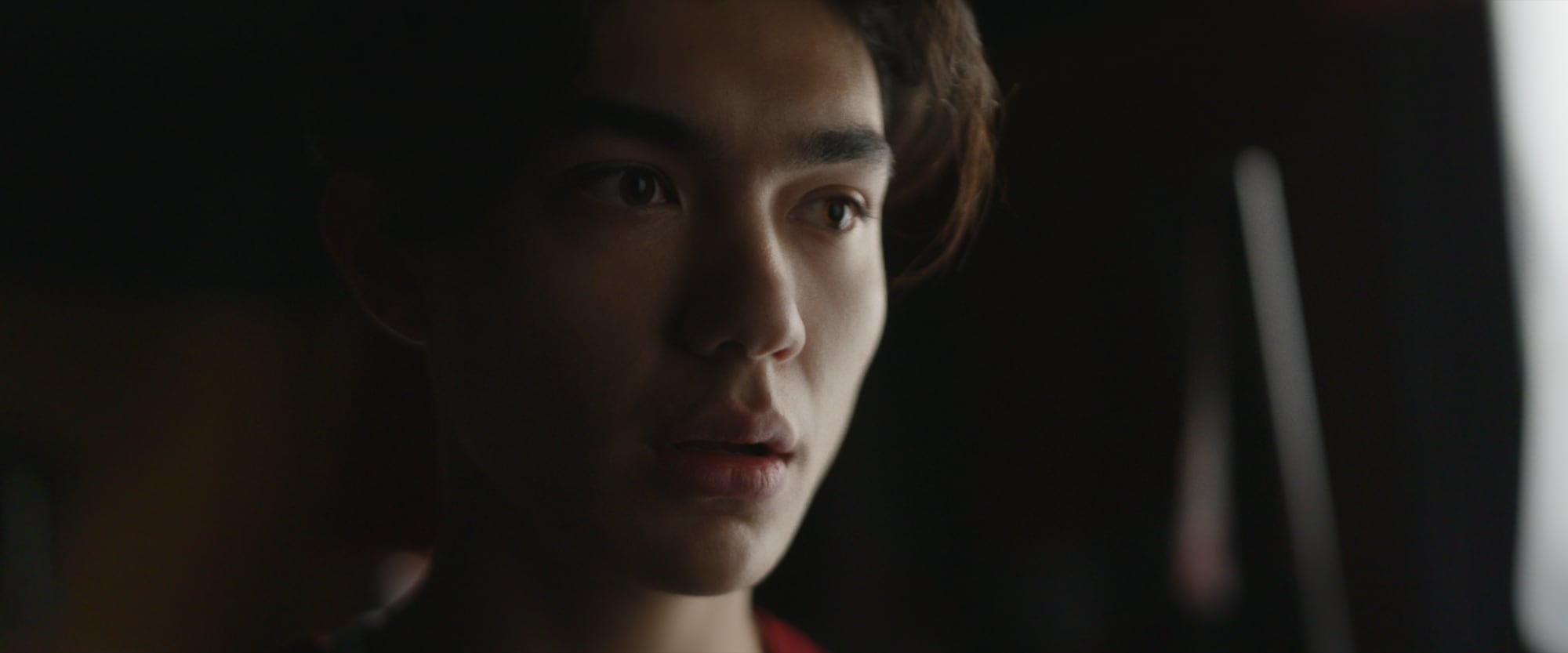
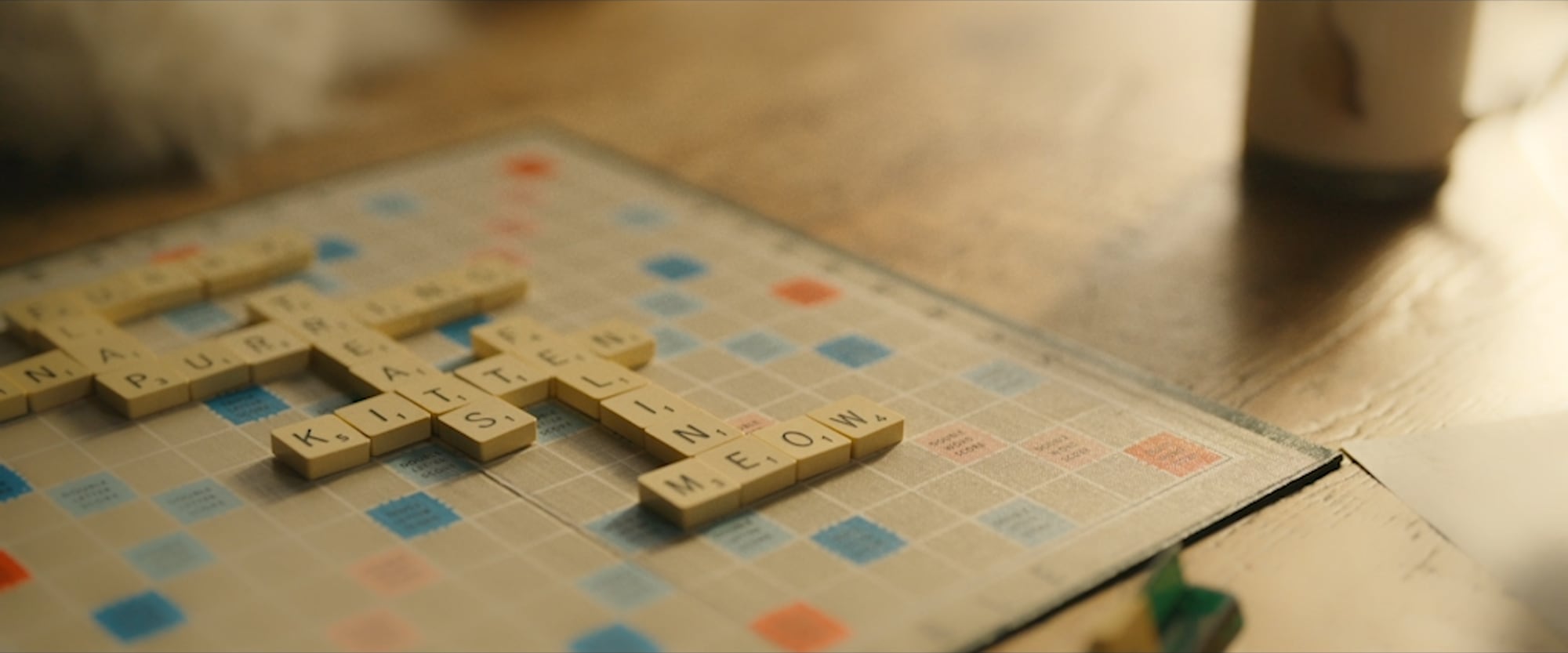
There is a brilliant dry vein of humour running throughout the short, how did you approach working with your cast and especially Hugh Bonneville’s vocal performance as Clio to keep everyone on that same comedic line?
NM: For us the key thing was that everyone played things straight, to allow the comedic situations to speak for themselves.
JC: I was friends with Will Gao and Julie Lamberton already, so they got the humour instantly. And we’d always written the voice of Clio for Hugh Bonneville, so we knew it would suit him – we were just lucky he said yes!
NM: He was very generous with his time and didn’t once ask us why we thought he would be an appropriate voice for a deceased feline.
For us the key thing was that everyone played things straight, to allow the comedic situations to speak for themselves.
What was your preparation process to make sure every scene in this svelte four and a half minute short counted?
JC: We were determined to make a really short short, but still wanted to pack variety into every shot.
NM: We decided not to shoot general coverage but be limited with precise frames instead. We had rough ideas for each scene, then worked with our fantastic DoP, Charles Mori, to refine these into a shotlist. We didn’t draw storyboards, but we did have references from other films for each shot. The risk of this approach is that if it doesn’t work, you have fewer options in editing – but we think we got away with it!
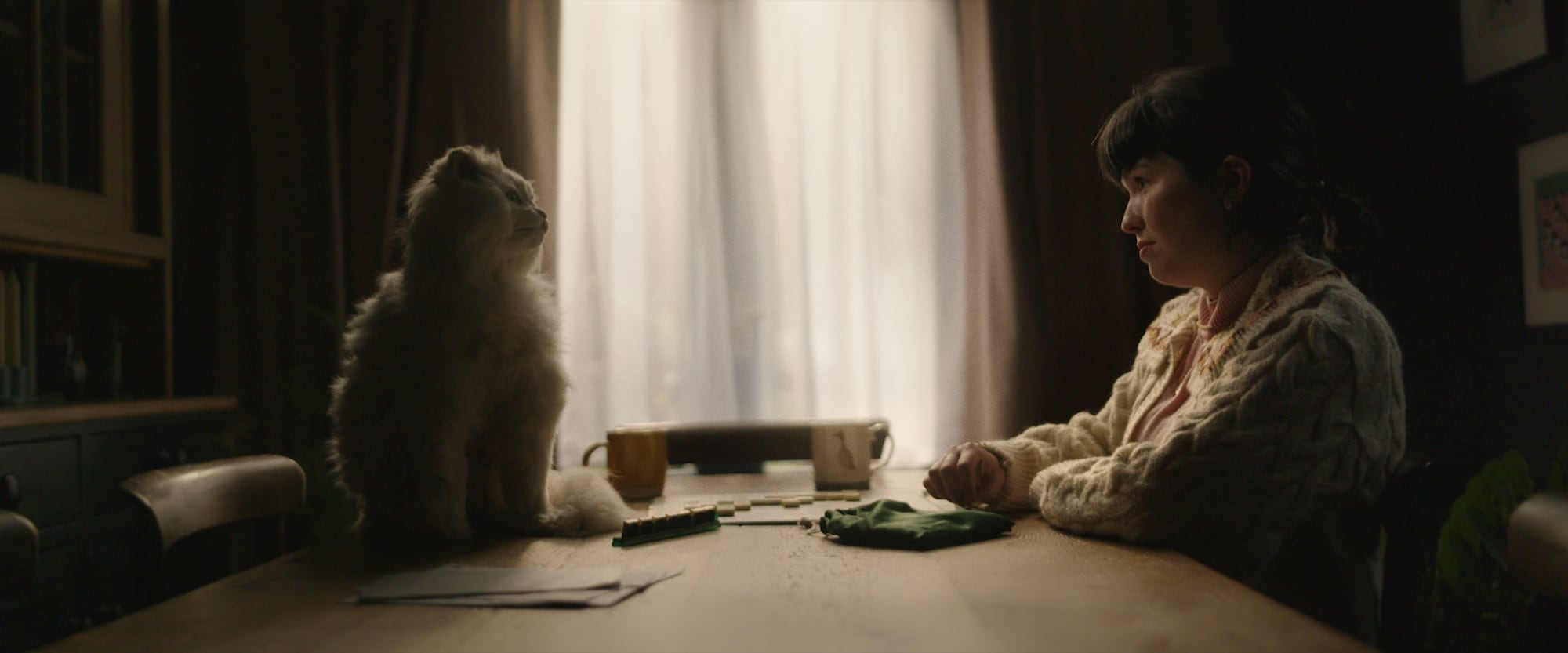
The whole film has a timeless look, what informed the style and tone you wanted to hit?
JC: Again here we really drew on the expertise of our crew. Our production designer, Lydia Harrison and Costume Designer Helena Bonner were heroic in what they managed to pull together on the budget.
NM: We were setting the film in the present day but wanted Florence’s world to have a vintage richness, an almost otherworldly overtone. The location helped with this too – the house itself is a character.
JC: Yeah, the house had such a specific atmosphere and colour palette that really guided us in a particular direction.
Filming the bench scene there was a moment mid-take where a dog came up and started barking at it.
Should the advice to never work with children or animals extend to stuffed pets? How many eyebrows were raised at a woman sitting in a park chatting to a taxidermied cat?
JC: One of the biggest hurdles was that taxidermied animals are more expensive than you’d think. But Clio added so much production value, he was really worth it! Throughout the shoot, I went from being a bit grossed out by him to becoming very attached – he was so cute! It was a classic case of life imitating art.
NM: Yes we had to be particularly protective of the cat when shooting outside. Filming the bench scene there was a moment mid-take where a dog came up and started barking at it. Josie was so paranoid she immediately broke character and did a weird crab-walk thing to ward him off. We have it all on camera.
JC: Thankfully that footage has stayed on the hard drive!
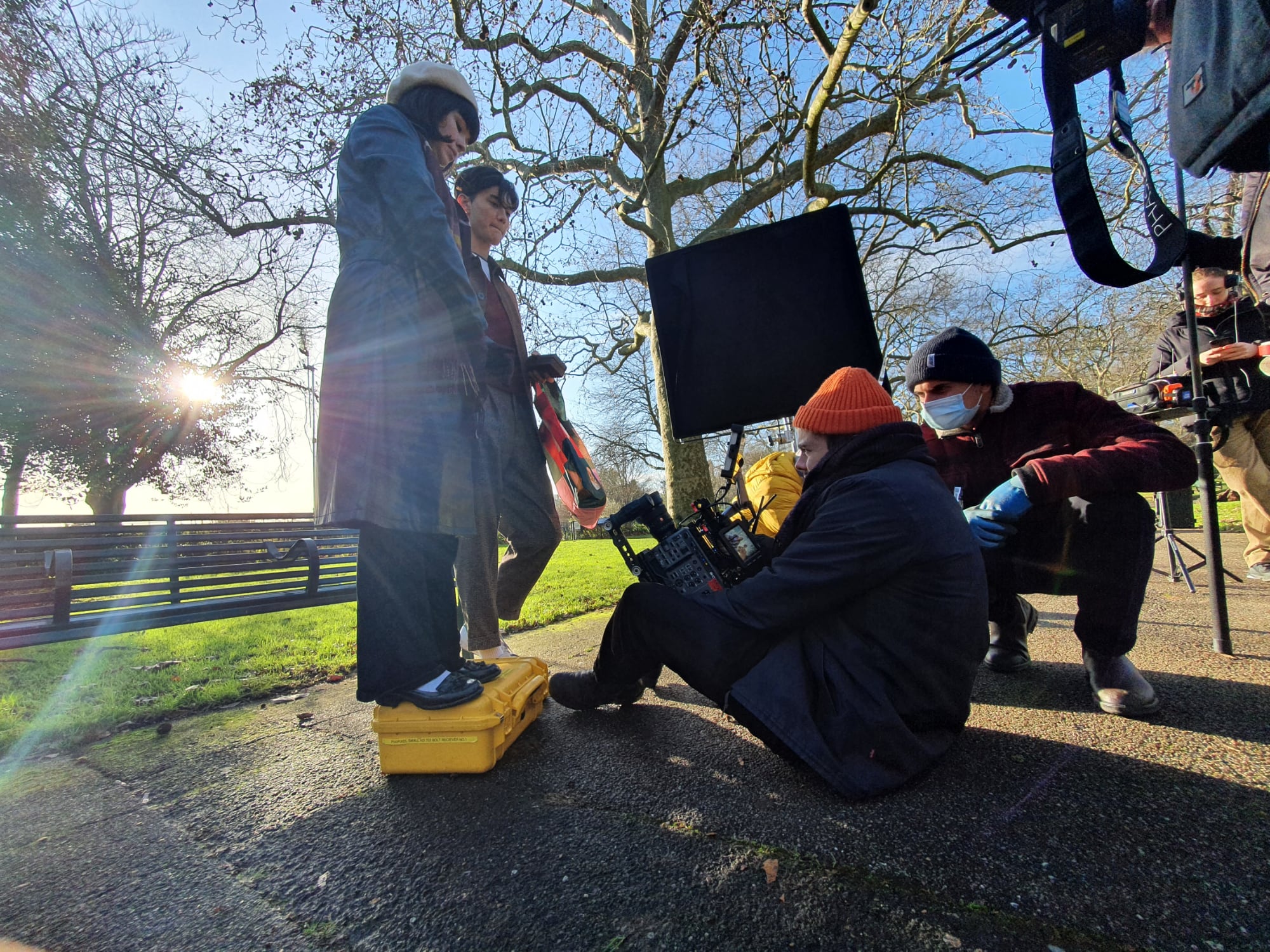


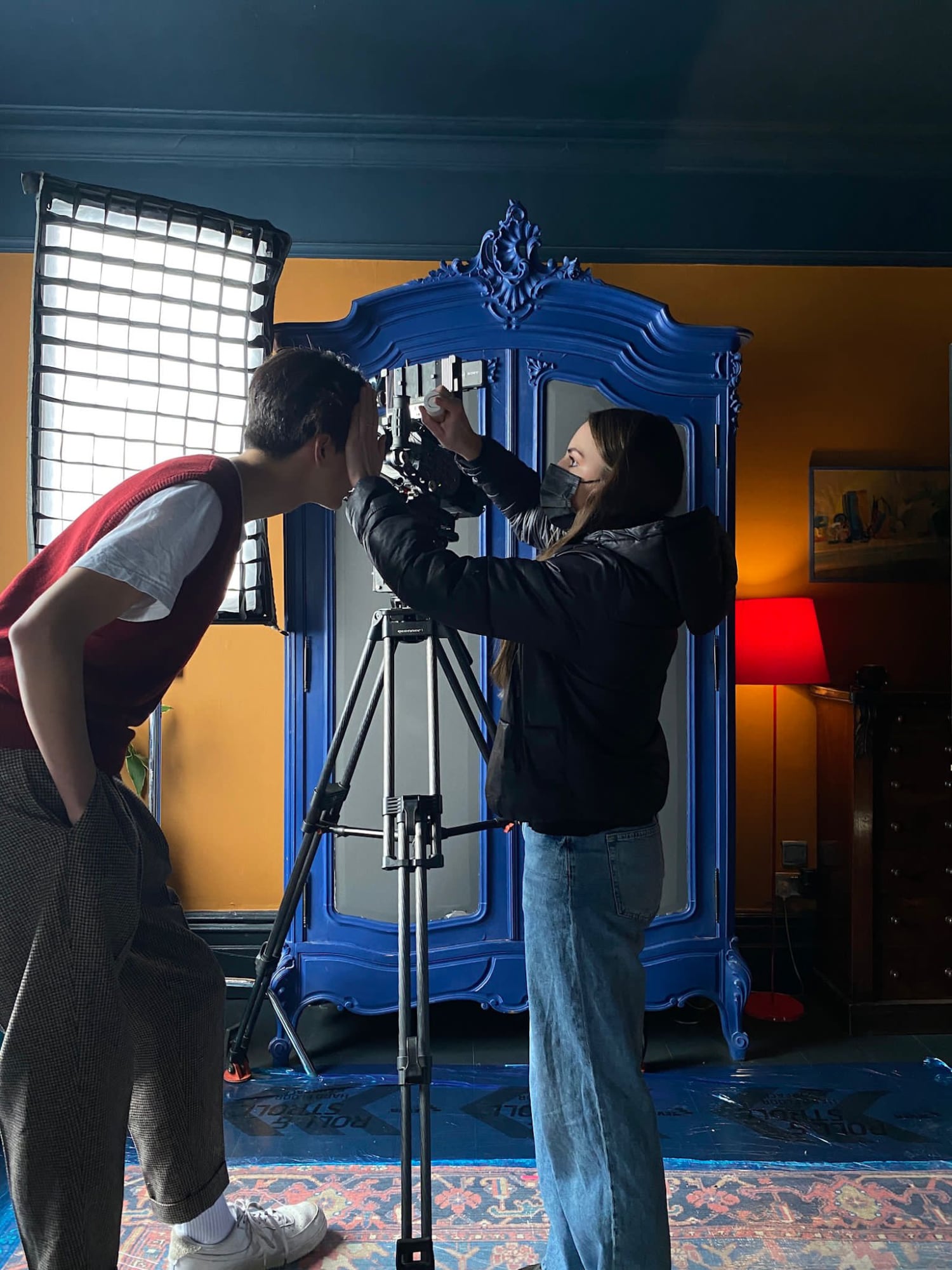
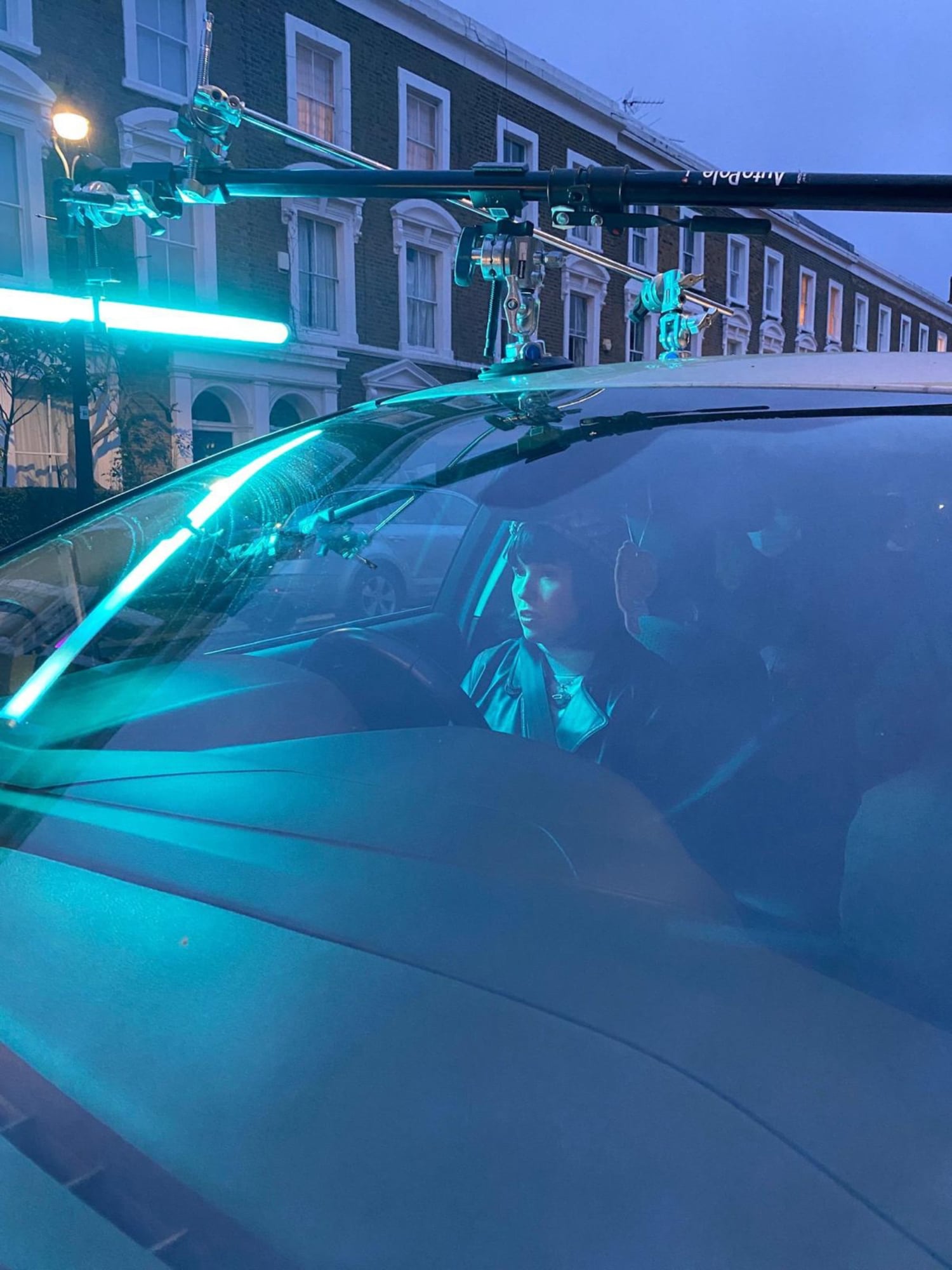
And what about your locations, there are a fair amount of setups. How long were you shooting for?
NM: All the interiors were the same house, and the exteriors were all nearby. We wanted to be ambitious with the number of locations but still needed to get everything in three days.
Because the whole thing moves so quickly, we had to figure out when we could let scenes breathe a little more.
How straightforward of an edit was this? Did your meticulous planning save you time in post?
NM: We did mostly stick to our plan from shotlisting. The main challenge was pacing – because the whole thing moves so quickly, we had to figure out when we could let scenes breathe a little more without losing momentum.
JC: We’d worked with the brilliant editor Hunter Allen on our first short together, plus I’d done another film with him, so he was quite attuned to our rhythms and sensibilities by then.

I really enjoyed your wonderful percussive score, at what point did you begin working with your composer?
JC: I’ve previously been resistant to jazz soundtracks, but Nathan has finally won me over!
NM: We got the very talented Gonzalo Varela on board early in the process. He provided some initial composition ideas that we could use in the edit, before doing a final timed pass.
JC: We’ve learnt that I kind of need to do it that way round, otherwise I just get too attached to the temp music!
Are you two working on anything else together and what’s next for you both individually?
NM: Very much so! We’re really motivated to move towards long form. We have a TV show based in this world called Dead Cat Show, as well as a number of other feature and TV scripts that we’re shopping around.
JC: I also have a new short called Fishing which has just begun its festival run, and Nathan is working on a short as part of his duo Nott Brothers.

